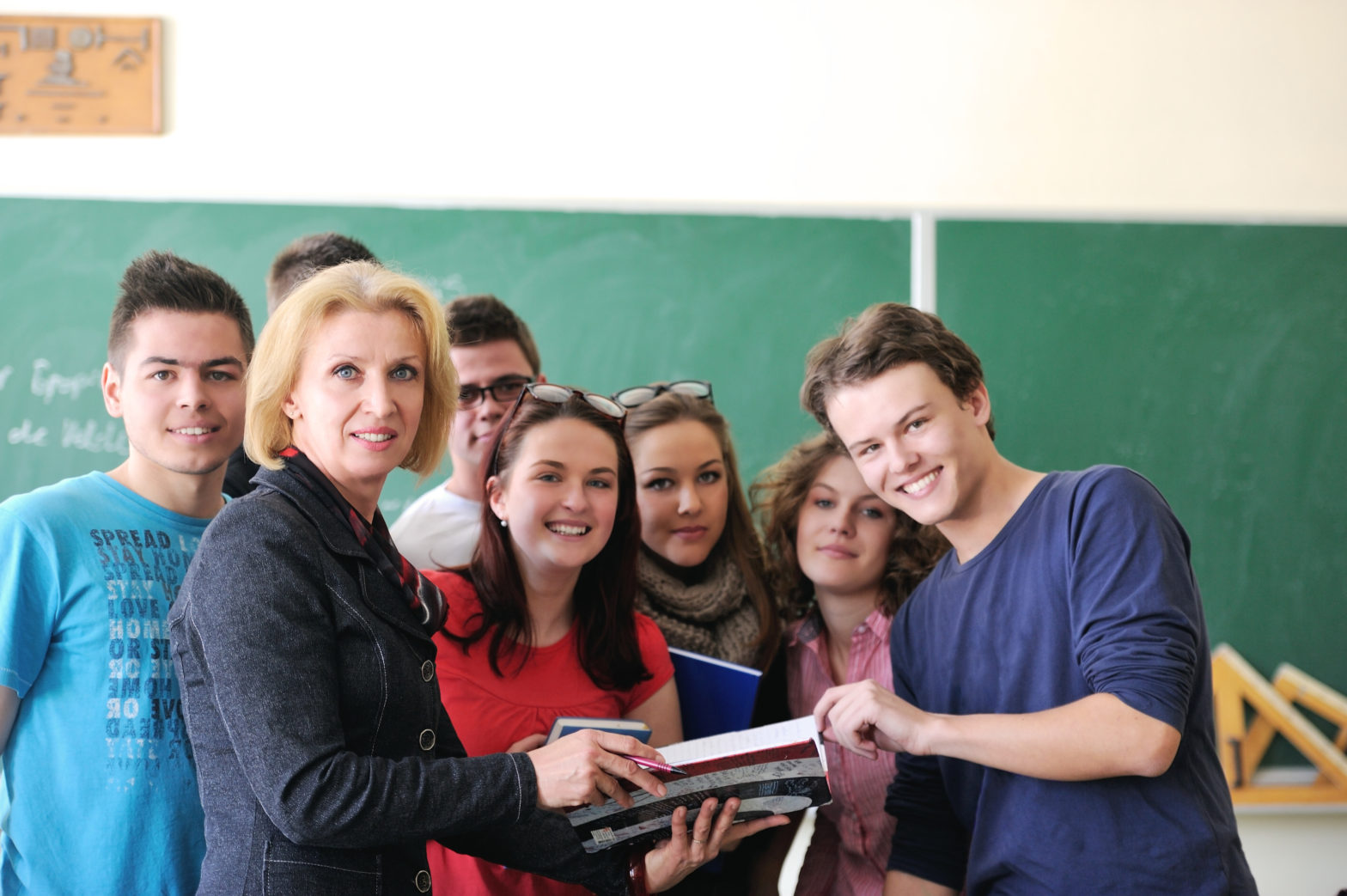
Service learning, a form of experiential learning, gives students the opportunity to apply knowledge and skills from the classroom in relevant community-based settings. Service learning allows students to think critically, analyze ethical and social justice issues, and reflect upon their experiences. Many public health programs incorporate service learning, which has resulted in more comprehensive training, improved student outcomes, and successful community-based interventions.
Service learning requires collaboration between higher education institutes, students, and community organizations. While establishing and maintaining these relationships requires considerable effort, the benefits considerably outweigh the perceived burden. Programs that use service learning have reported improved student satisfaction, academic achievement, and community relations. Students who engage in service learning gain invaluable hands-on experience that often translates to marketable job skills. Furthermore, service learning provides organizations the opportunity to educate students about pertinent community issues. These discussions may lead to the development of qualified, multi-disciplinary teams often needed to address complex public health issues.
Although there are many ways to develop successful service-learning opportunities, some practices result in greater benefits and outcomes. Select best practices include clearly defined roles; adequate preparation, orientation, and guidance; regular communication with students and community organizations; and investment in building strong community relationships. Service learning should be framed as a partnership between the student, university, and organization. Use of a learning contract developed by the student, faculty advisor, and partnering organization can help ensure adequate communication of goals and expectations.
There are many service-learning resources available. For example, Campus Compact provides service-learning toolkits and resources to more than 1,000 colleges/universities worldwide. Similarly, the National Service Learning Clearinghouse contains America’s largest service-learning library and listserv, both of which can be incredibly valuable for new or existing programs. Use of available resources and connecting with others who have participated in service learning can help facilitate the process and increase the likelihood of success.
Casey Coombs, MS, RD, currently chairs SNEB’s Public Health Nutrition Division. This editorial first appeared in JNEB Vol. 51, Issue 10 (November – December 2019).
